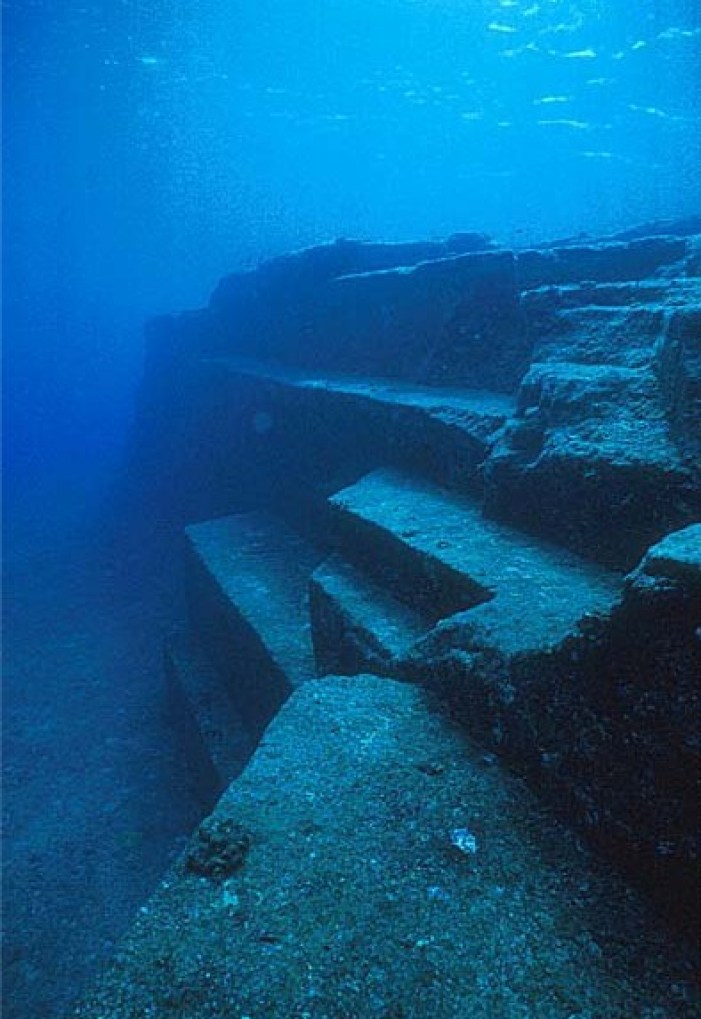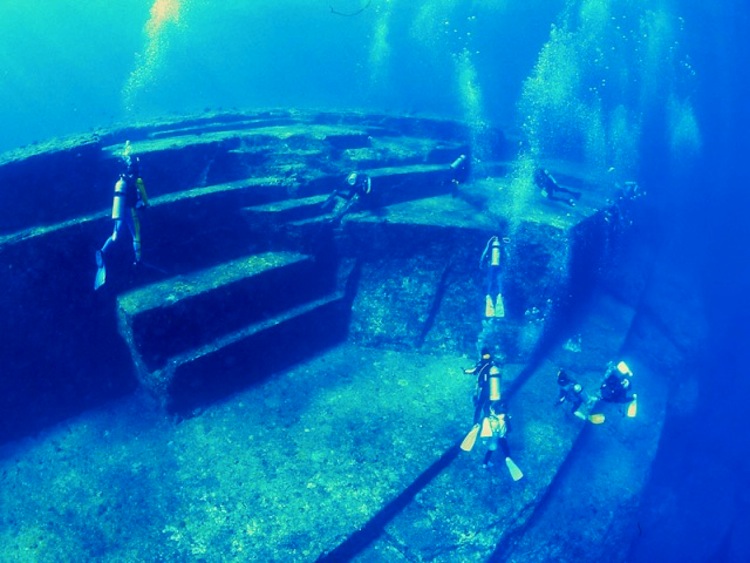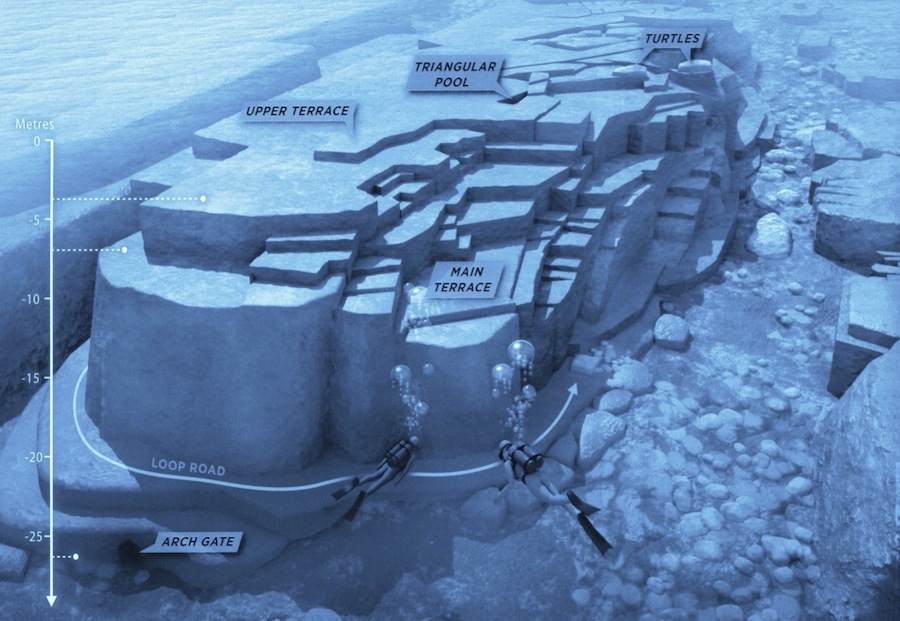Yonaguni: A Submerged Mystery
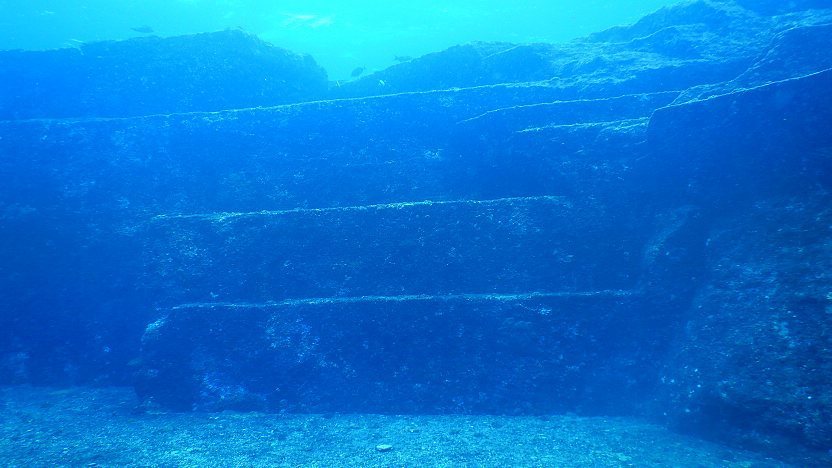
The island of Yonaguni became famous in the late 20th century after a large stone structure known as the Yonaguni Monument or Yonaguni structure was discovered on the seabed off the southern coast of the island.
The seabed contains what appear to be the ruins of a civilization formed at the end of the Ice Age.
Their similarity to other artifacts from the ancient world has led some to theorize that they may be the remains of an ancient civilization dating back 10,000 years.
Other analyzes indicate that the origin of the structure, which measures 120 m in length, 40 m in width, and 20–25 m in height, can be traced back to 8,000 years ago.
The discovery came in 1987 when divers dived into the waters south of the island to study the population of hammerhead sharks that congregate in the area.
It was the Japanese Kihachiro Aratake, in the course of these dives, who accidentally discovered what seemed to him an architectural structure, a part of which is sandwiched between two pillars that rise eight meters from the surface.
Taken together, the structures recall the Egyptian pyramids.
Since then, many researchers have studied the phenomenon, despite the presence of strong ocean currents, which make diving prohibitive.
Marine geologist Masaaki Kimura claims that the formations are man-made stepped monoliths.
Even though these claims have been described as pseudoarchaeological, the artificial nature of the monument is quite evident.
Unfortunately, like it already happened to other unexplainable archaeological sites, neither the Japanese Agency for Cultural Affairs nor the government of Okinawa Prefecture recognize the features as important cultural artifacts and neither government agency has carried out research or preservation work on the site.
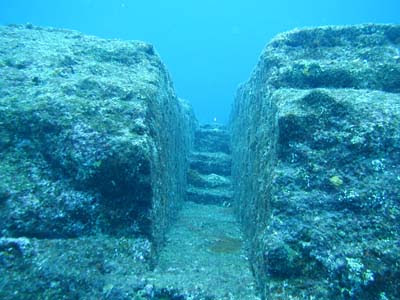
Kimura first estimated that the monument must be at least 10,000 years old (8,000 BCE), dating it to a period when it would have been above water, and therefore surmised that the site may be a remnant of the mythical lost continent of Mu.
In a report given to the 21st Pacific Science Congress in 2007, he revised this estimate and dated it to 2,000 to 3,000 years ago because the sea level then was close to current levels.
He suggests that after construction, tectonic activity caused it to be submerged below sea level.
Archaeologist Richard J. Pearson believes this to be unlikely.
Kimura believes he can identify a pyramid, castles, roads, monuments, and a stadium. He now believes that these structures are remnants of Yamatai.
Supporters of artificial origin, such as Graham Hancock, also argue that while many of the features seen at Yonaguni are also seen in natural sandstone formations throughout the world, the concentration of so many peculiar formations in such a small area is highly unlikely.
They also point to the relative absence of loose blocks on the flat areas of the formation, which would be expected if they were formed solely by natural erosion and fracturing.
